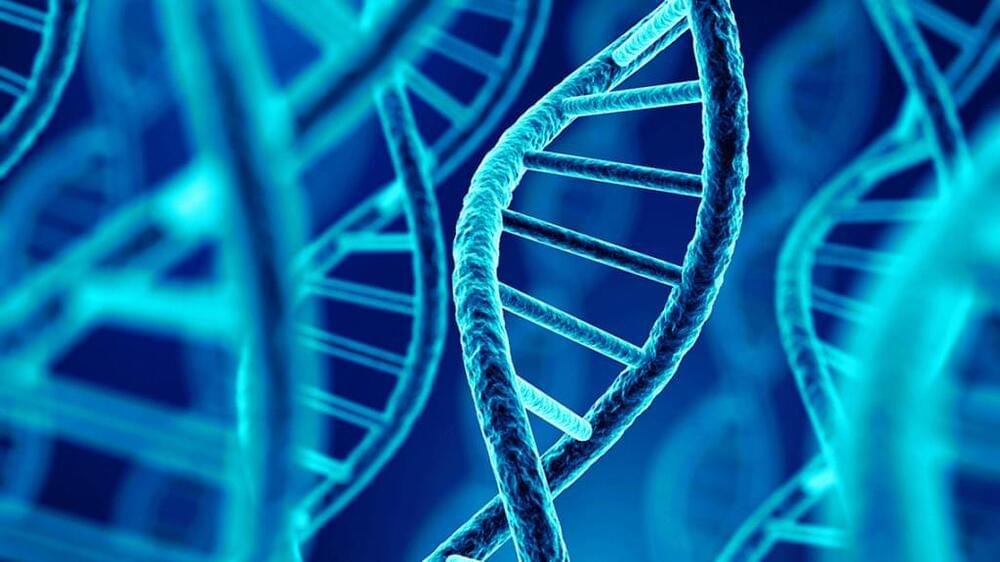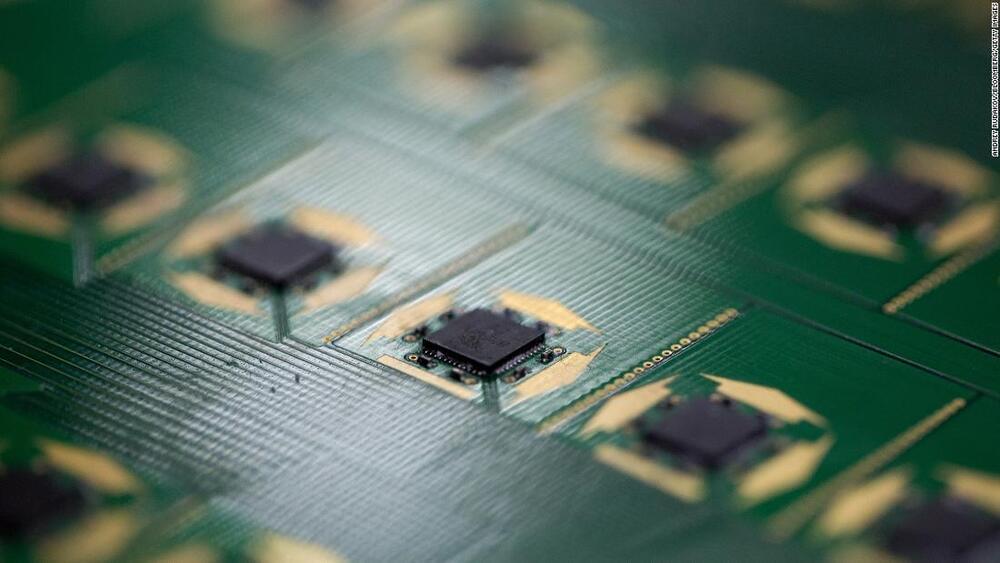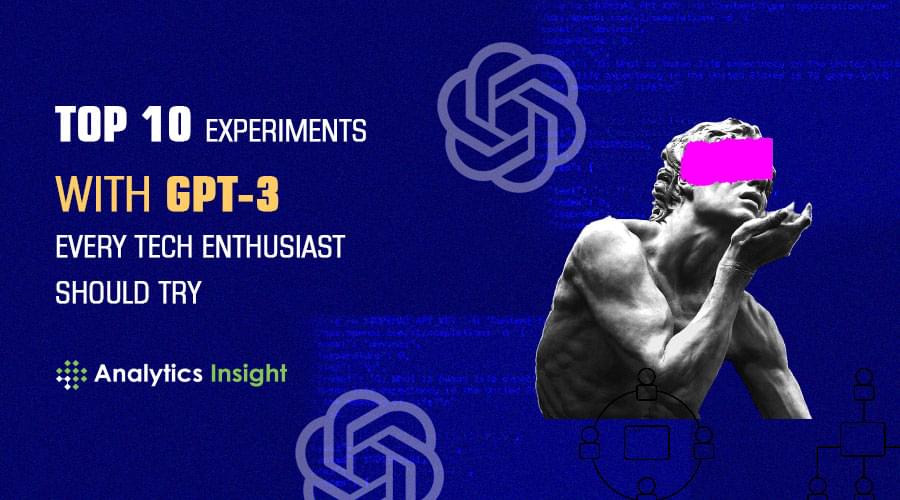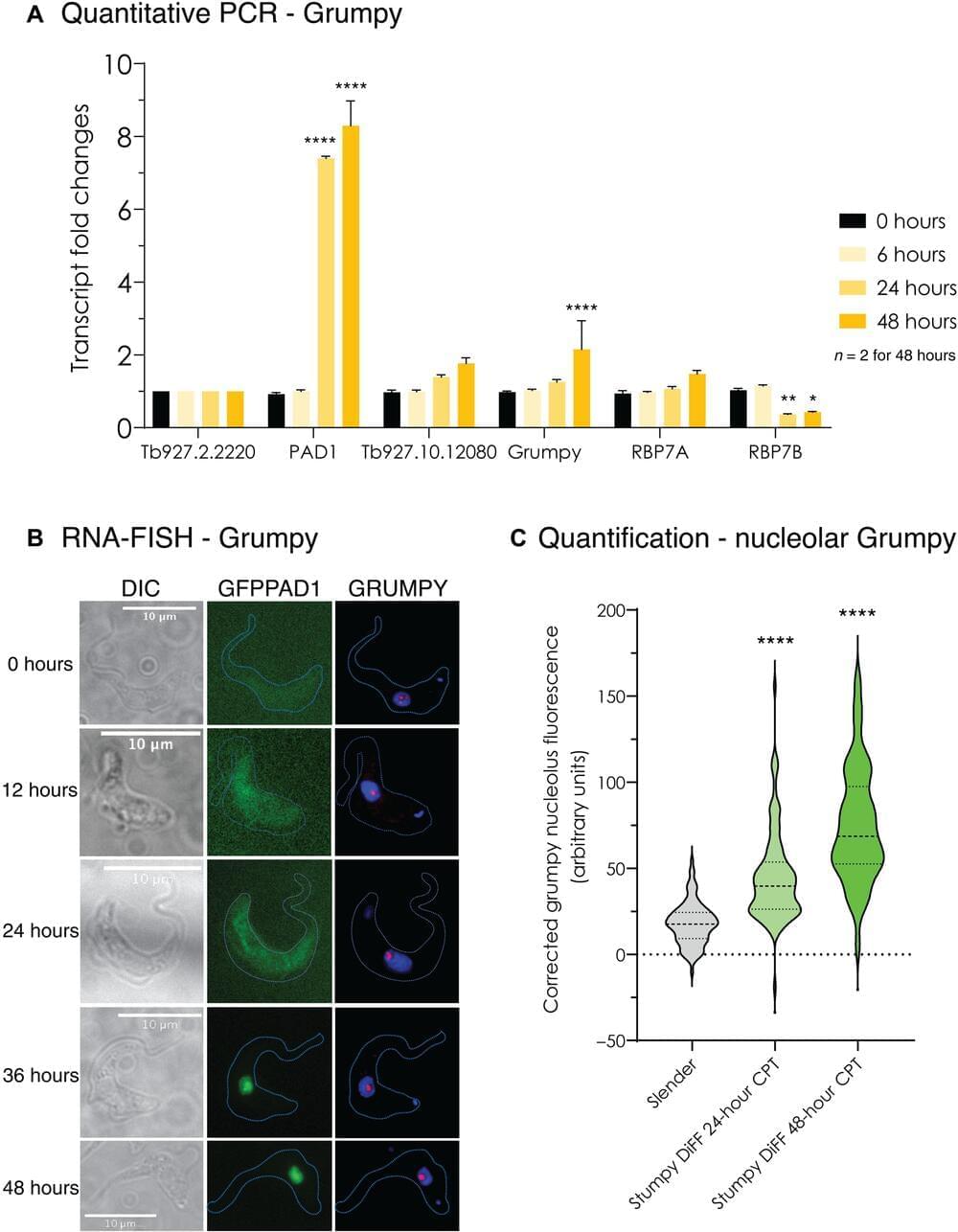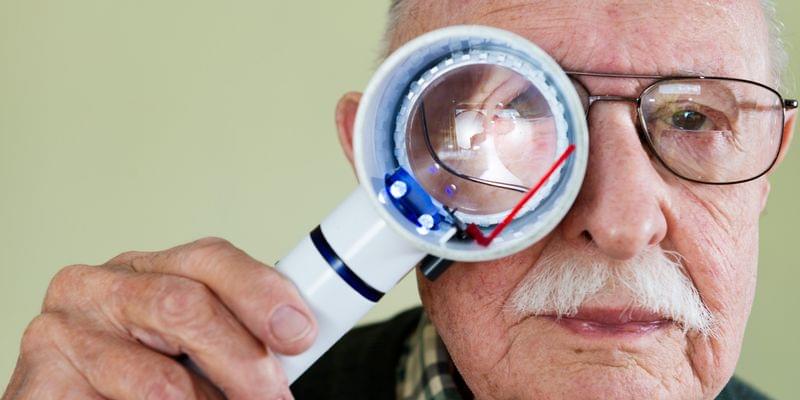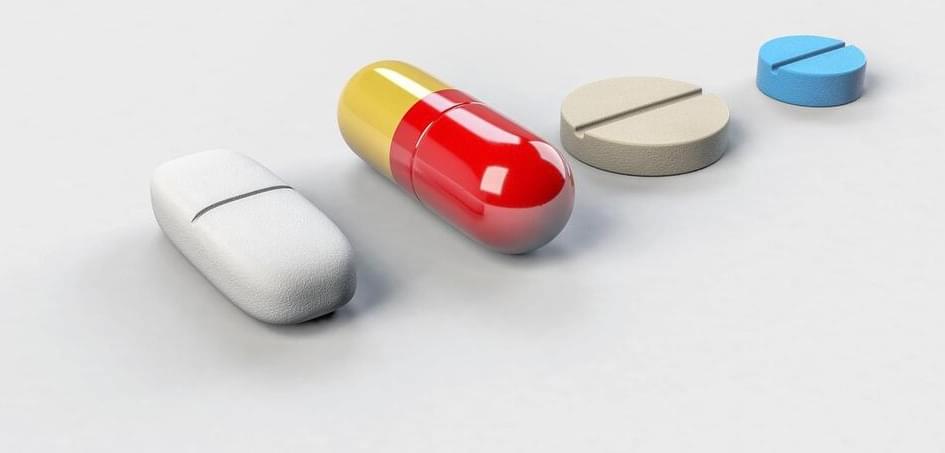A new approach to the organ transplant procedure devised by researchers at Stanford University and their collaborators minimizes the risk of organ rejection, ScienceAlert reported. Moreover, the technique does not require the organ recipient to remain immune-compromised after the procedure.
The first successful solid organ transplant was that of a kidney in 1954, and the world has not looked back. Modern medicine is now able to transplant eyes, liver, kidneys as well as heart, procedures which are saving lives the world over. To tide over the shortages of organs that are available for transplantation, companies are even rearing genetically modified pigs to be safely transplanted in the future.
However, organ rejection post-transplantation is a major issue that science has still not completely conquered. To avoid rejections, organ recipients are given immunosuppressive drugs that need to be taken throughout their lifetimes, which also increases their risk of diseases such as diabetes and even cancer.
